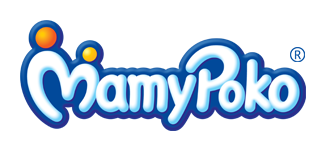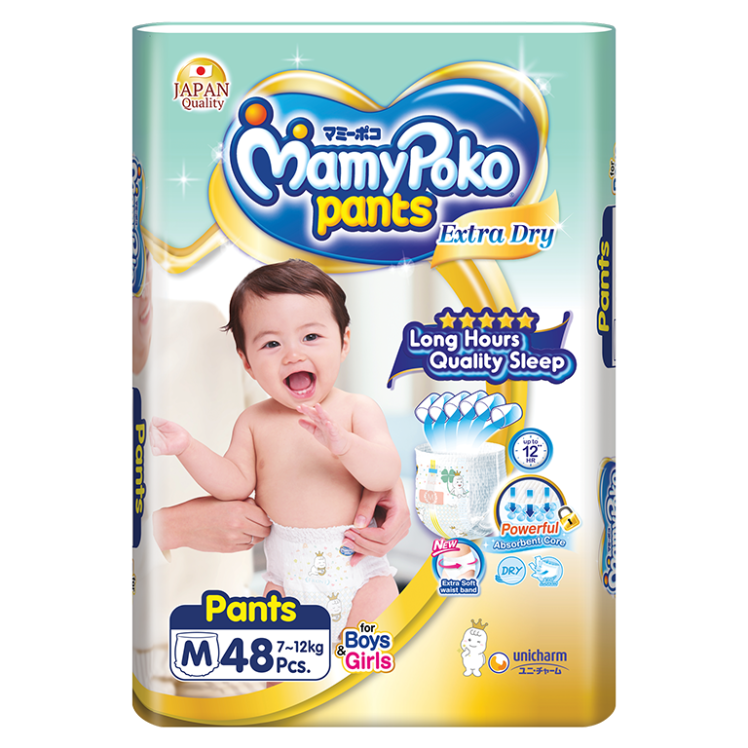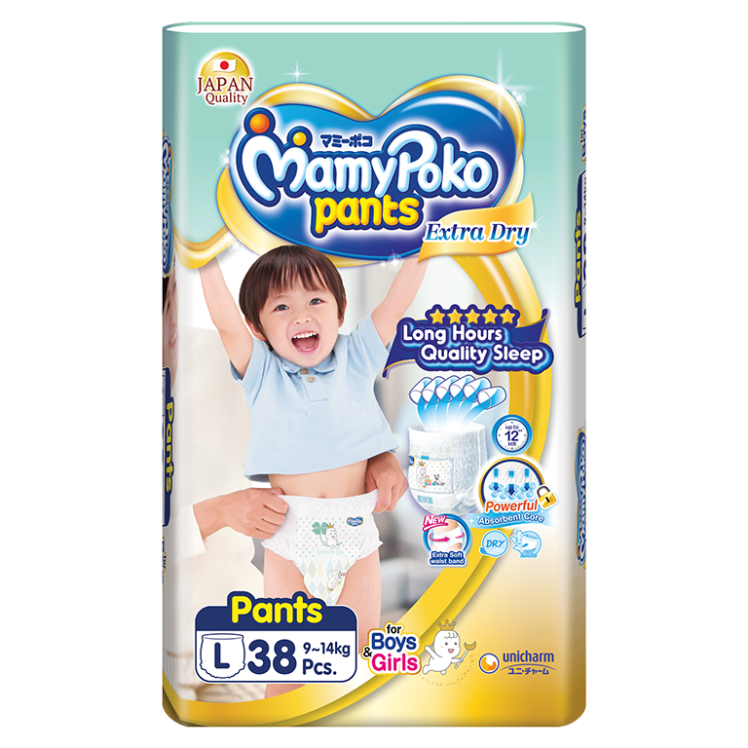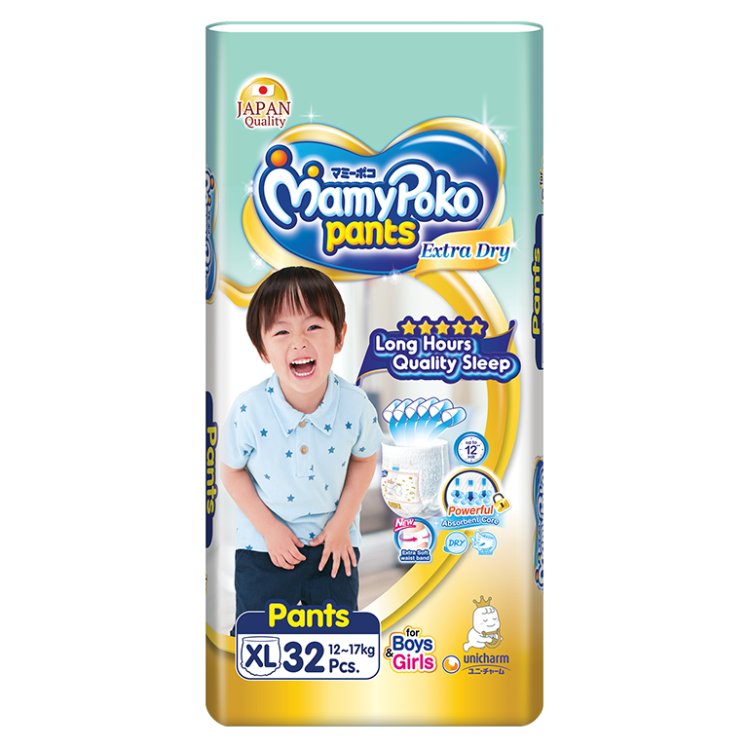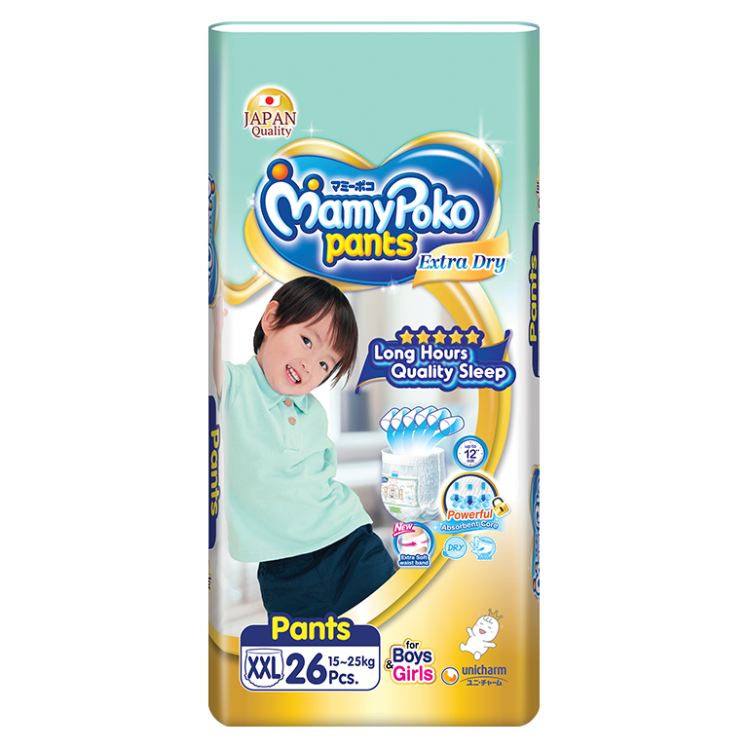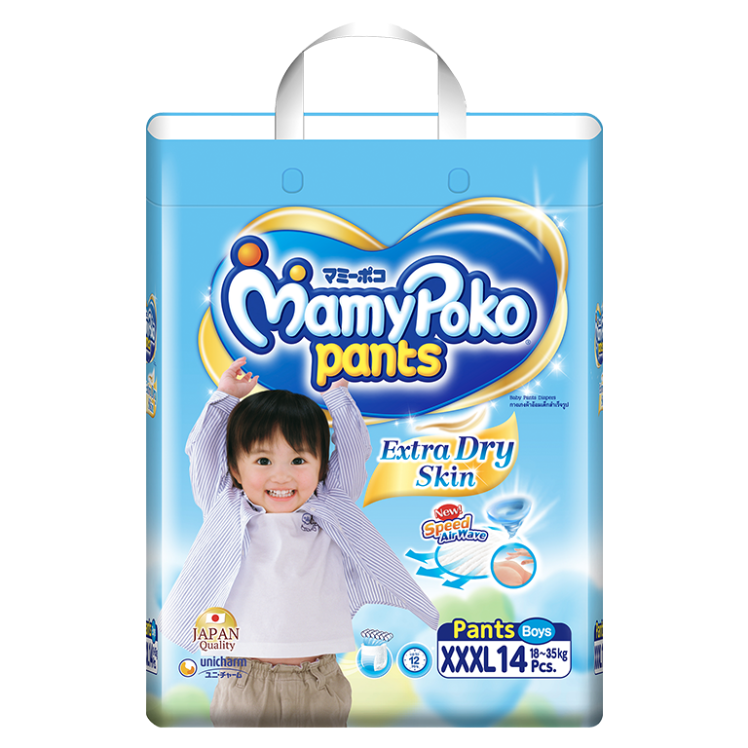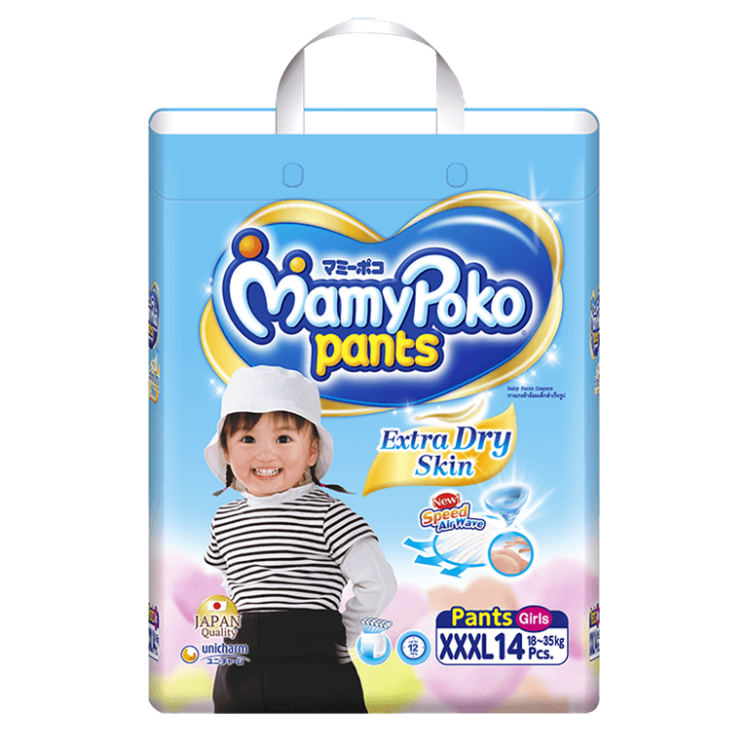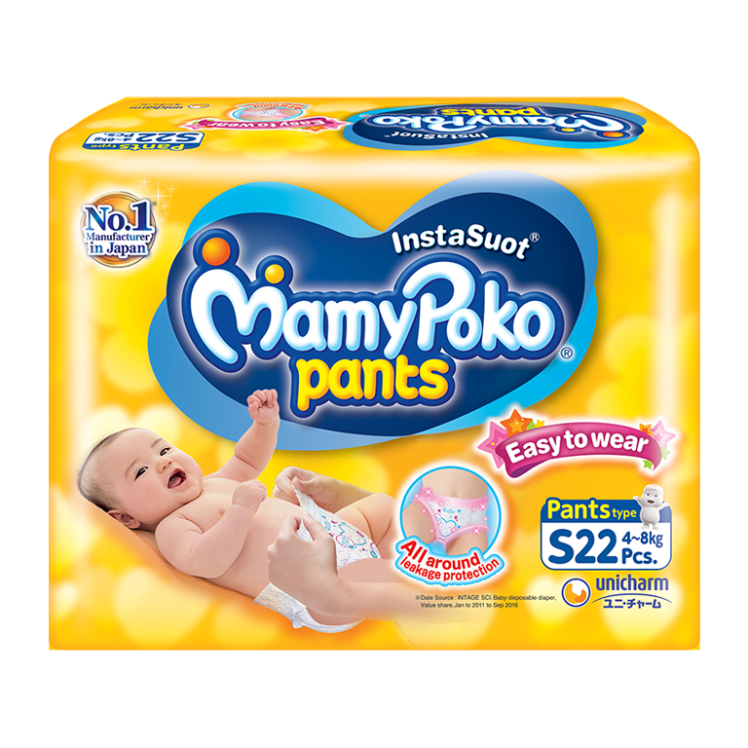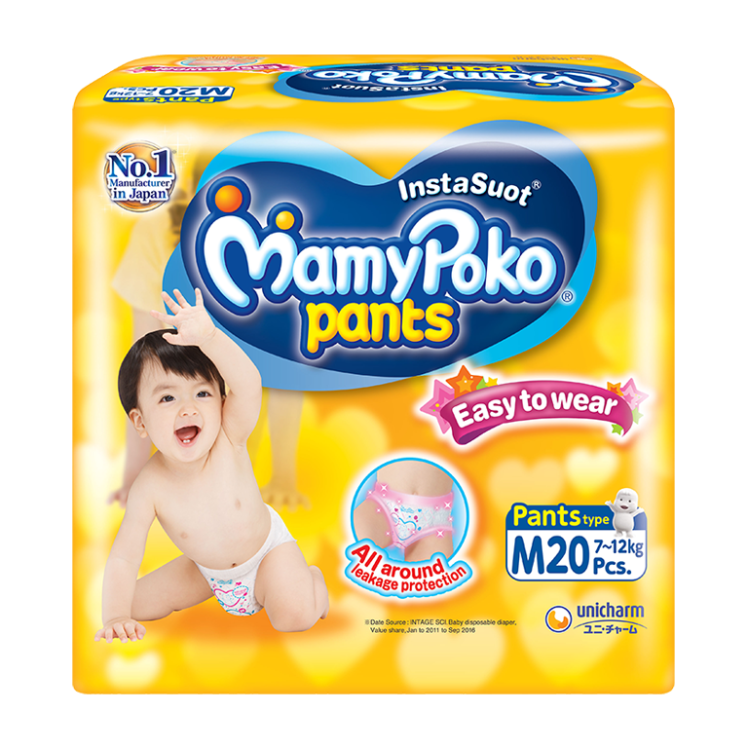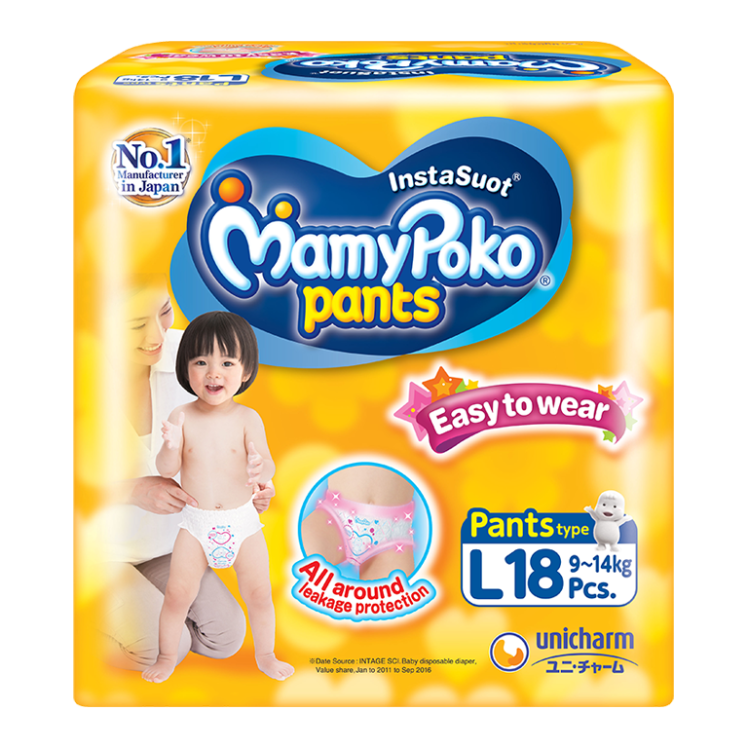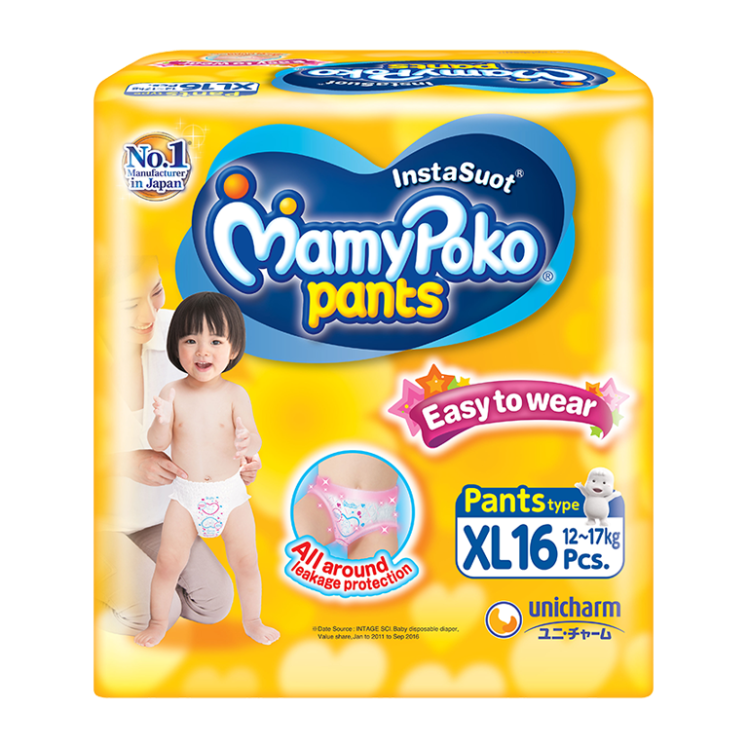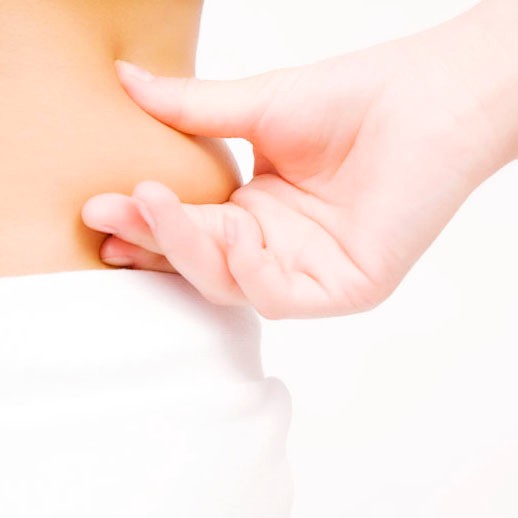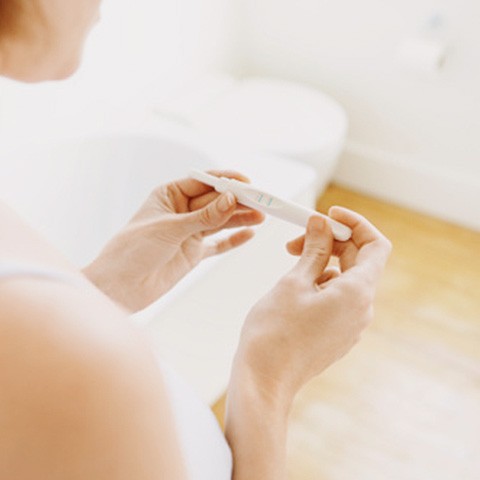Breasts
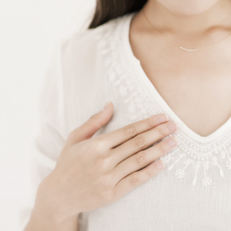
Information about a mother's bodily change especially breasts swelling.
What should I do when my breasts swell?
The breasts are very delicate.
If you do nothing about the swelling, it may cause trouble.
So give them the proper care.
Get baby to suck well
Your breasts have gone to the trouble of making all that milk, so let's get baby to drink it well. As baby sucks, the milk ducts open up.
Tips for effective breastfeeding
<Alternate breasts, giving baby both left and right>
Rather than feeding from one breast until the swelling is gone, switch to the other breast after 5 minutes or another time you decide on, and alternate breasts.
<Change the way you hold baby>
If you normally hold baby horizontally when breastfeeding, hold him vertically instead, for example, or some other way than usual. This will stimulate different milk ducts than usual and help to relieve any clogging.
Mastitis occurs when bacteria enters via a cut or crack on the nipple, etc. and causes an inflammation (bacterial mastitis) and when breast milk clogs a mammary gland, causing an inflammation (congestive mastitis). The symptoms include redness and swelling of the breast, pain, and fever. If it gets bad it can be very problematic, so if these kinds of symptoms appear, go see the OB/GYN or a mammary gland surgeon at the hospital where you gave birth right away.
<Massage while feeding>
By kneading hard and lumpy areas with your fingers while baby is sucking, you can get rid of those lumps.
Don't express too much
When your breasts are swollen and painful, you may tend to want to express all the milk out yourself. But your breasts will mistake the amount you express to be the amount baby needs. When that happens, even more breast milk will be produced and breasts may swell back. You may feel you have no other choice but to express some milk to soften the breasts when they are so swollen and hard that it's difficult for baby to suck, or to cautiously express some milk when you can't stand the discomfort. But be careful not to express too much.
How to express milk
You need to be careful not to express too much, but there are times when you will have to express. One method is to use a specially designed breast pump, but here we will introduce how to express milk with your hands, which is gentler on the breasts.
1. Place your thumb and index finger at the edges of the areola.
2. Press your breast in toward your body.
3. Squeeze the breast gently as if trying to make the thumb and index finger meet.
4. With the opposite hand, hold a baby bottle under the breast to collect the breast milk.
Be careful about meals
Breast milk components are made from the blood. So you'll want to be careful about foods you eat that can affect the blood's components. Specifically, try to avoid high-calorie meals and foods with lots of milk fat, such as cake, and eat healthy meals centered around cereals and vegetables.
Massage is also effective
If the milk ducts are not sufficiently open, it will be difficult for baby to nurse well. Massage is an effective way to open the milk ducts. Also, overly swollen breasts are difficult for baby to suck from, so it's a good idea to gently massage the breasts before nursing in order to soften them up.
The key is to gently cool the breasts
When the breasts are so swollen that you feel feverish, or when you have a lump, for example, cooling the breasts will make you much more comfortable. But cooling rapidly, such as with ice, may end up causing breast milk to not come out, so it's important to cool the breasts gently. If you use a cooling pad or refrigerated pad, for example, wrap it in several towels to avoid cooling too much.
Be mindful of cleanliness
In the beginning, nursing is often hard on the nipples and the skin may peel or crack. If bacteria enter through those cracks, etc., it can cause mastitis. So change nursing pads frequently and keep the breasts clean at all times.
What should I do if I get mastitis?
Mastitis occurs when bacteria enters via a cut or crack on the nipple, etc. and causes an inflammation (bacterial mastitis) and when breast milk clogs a mammary gland, causing an inflammation (congestive mastitis). The symptoms include redness and swelling of the breast, pain, and fever. If it gets bad it can be very problematic, so if these kinds of symptoms appear, go see the OB/GYN or a mammary gland surgeon at the hospital where you gave birth right away.
I can't produce enough milk! What should I do?
There are various reasons for whether or not enough breast milk is produced, and it's something that varies widely among individuals.
"A mother who produces enough breast milk is a good mommy" is simply not the case. Worrying is a big no-no.
Get some help from formula, and take your time trying to find what the cause may be.
Get baby to suck
Getting baby to suck causes breast milk to be produced and milk ducts to be opened up. Even if it doesn't work at first, let baby suck as long as it's not too hard on the nipples. If you check baby's weight and he's not gaining enough, don't forget to supplement with formula.
Take another look at your food life
High-calorie meals and fried foods may cause milk ducts to clog. Be mindful of leading a healthy food life centered on cereals and vegetables. When it comes to seasoning, Japanese foods are recommended over Western.
Sleep well and get moderate exercise
A healthy lifestyle that includes sleeping well and getting moderate exercise also seems to help with producing good breast milk. Most mamas simply don't get enough sleep when they are caring for a newborn baby, so it might be good to have daddy help sometime so that you can get a good rest.
Open milk ducts by massaging
If the milk ducts are clogged, breast milk will stop circulating, causing the milk to taste bad. If it tastes bad, baby will not drink much, causing the milk ducts to clog up even more and thus in some cases kicking off a vicious cycle. So relieving clogged milk ducts by massaging seems like a good thing to try first.
*Details on how to do a massage are provided in "Child-rearing Edition: Lesson 2, First-time Breast Milk." Be sure to take a look.
Don't get stressed out
Strangely enough, mommy's stress and insecurity affect her breast milk. So if you worry too much about not producing enough breast milk and it stresses you out, it will trigger a vicious cycle. Stress is inevitable in child-rearing, but let's make some adjustments and try to find ways to relieve the stress.
Formula is a strong ally
Formula these days has made truly remarkable advances and can provide nearly the same nutrients as breast milk. Yes, breastfeeding is a wonderful thing, but there's no need to dwell on it excessively. Rather than a mama who's awkwardly worrying about not producing enough breast milk, baby would probably prefer to be drinking formula with a mama who's smiling and happy. If it lets you relax a little while you're child-rearing, it's OK to get some help from formula.
If you can't produce enough breast milk, are you an unfit mother?
Of course not! And there's no need to worry that there will be less physical contact with formula than with breast milk. What's important is regular communication with the baby. It's very important to do things like touching and cuddling baby when changing his diapers and looking him in the eyes and talking to him when feeding him formula. What's important is love for the baby. There's no need to dwell extensively on breast milk.
What happens to breasts after birth?
Your breasts changed a lot during pregnancy.
Whether or not your breasts will return to their pre-pregnancy condition after birth and weaning is something you're probably very anxious about.
Will the size and shape change?
Most women's busts grow an average of 2 cup sizes larger during pregnancy and breastfeeding, but they will return to approximately their original size about a year after birth. While there is some individual variation, unfortunately in many cases the shape and firmness will not return to how they were pre-pregnancy.
What about the color of the nipples?
There are a lot of mamas whose nipples got darker during pregnancy and before birth due to hormones, right? While this may not return fully to its original state, over time the color will fade.
What if you're feeding baby formula?
Whether or not you've breastfed has nothing to do with the changes in the breasts. If you've given birth, the breasts will change at least a little. How much they change often depends more on individual variance than whether or not you breastfeed.
What can you do to get close to your original condition?
Even if the breasts don't return to how they were, most mamas would really like to get them as close as possible to their pre-pregnancy condition.
We'll introduce some small things you can be mindful of in between the busy moments of child-rearing.
Things you can do as part of everyday life
When you go for a walk with the baby, for example, do you sometimes find that you're tired and slouching forward? Walking with good posture is effective for firming up your bust. Getting lots of vitamin-rich fruits and vegetables such as garlic chives, which give the skin firmness, can also help to firm up the bust. There are lots of things you can do in your everyday life to firm up your bust just by paying a little attention, so give them a try.
Bust-firming exercises
If the breasts are sagging, you can firm them up by improving your posture and by building the muscles around the breasts. We'll introduce some bust-firming exercises that are easy to do, even for busy mamas. Be sure to give them a try.
1
Bring the palms of both hands together in front of your chest, and while slowly exhaling, push them together hard for 10-20 seconds, pushing toward the center with equal force from both sides.
2
Slouch forward and lift dumbbells up and down as shown in the illustration.
(If you don't have dumbbells, you can substitute plastic bottles with water in them.)
3
Sit on the floor, put both hands behind you, and extend one leg in front of you. Bend the other leg, and put your foot under the knee of the leg that's extended. Support your upper body with both hands and, lifting your back diagonally upward, turn your chest toward the ceiling and relax your neck and shoulders, leaning your upper body back and stretching your chest.
*Repeat as many times as you feel comfortable doing.
You're a mama but also a woman, so it may be a shock to see your breasts change shape. But your changed breasts are proof that you're a mama. Think of them not as "deteriorated" but as "motherly." It's not just you whose breasts changed shape after giving birth, but all mamas, so there's no need to worry yourself over it.
update : 19.09.2017
Our favorites feature uses your browser's cookies. To use this feature, please enable cookies. If you are using Safari on your iPhone or iPad, please turn off the Private Browsing Mode. If you clear the cookie, you also clear the Favorite that you chose.

